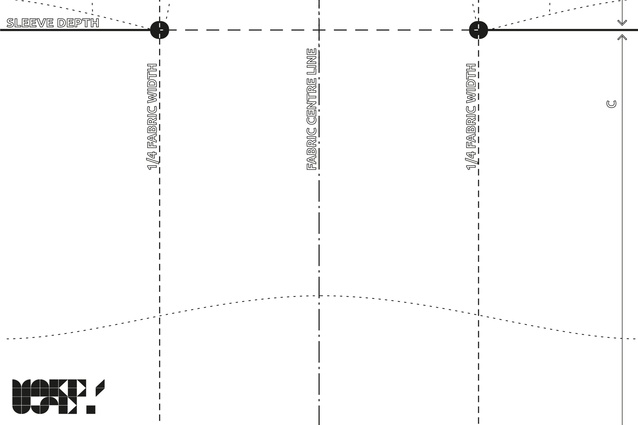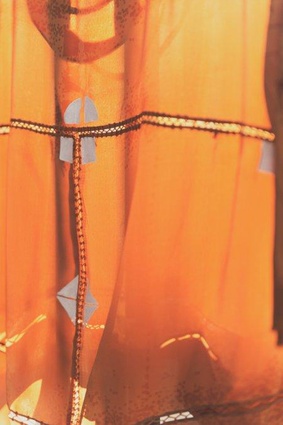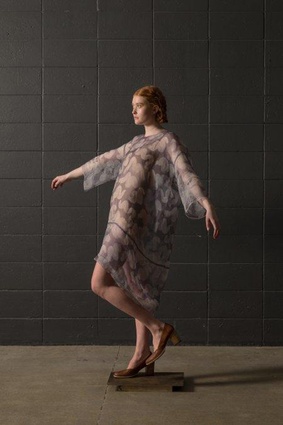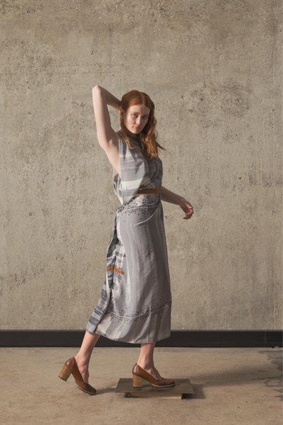Future Thinking III: Make/Use and open source design
The third in the Future Thinking series, in which designer Sarosh Mulla explores design research and innovation, with a focus on open source design.
Authorship has always been a divisive issue in design fields. In architecture the ownership, or at least attribution of the brilliant idea, has long been bound up in the personality cults of prolific marketers. Through the modern movement, architects like Le Corbusier, Mies van der Rohe and Frank Lloyd Wright epitomized the heroic, iconographic, and hetero-patriarchal, persona of the architect in charge. They were regarded, and still are by many, as singular geniuses to whom exclusive authorship is easily attributed.

But while architecture maintains this form of easy, and often lazy, shorthand of creative attribution (think of Zaha or Gehry for example), other fields have consistently been able to better deal with the shared acknowledgement of creativity and moreover, the sharing of the creative output itself.
No better example of this exists than the uptake of open source products. Beginning with software, the open source ethic of collective engagement in the production of creative solutions has had tremendous success in an age where we are all so easily connected. While critical figures remain in all discourses these people are often now seen as catalysts within a more complex, more democratic, web of authors in the creative industries.
A local example recently caught my eye. Make/Use is a zero-waste fashion project that aims to “create clothing that better serves both the user and the environment”, according to Holly McQuillan, Make/Use project leader at Massey University.
You might not think that your fashion choices have much of an impact on the planet, but they do. Particularly, when you think about the resources used in the production of fabric and the waste created when you discard that year-old t shirt. For example, the Make/Use team reports that an average of 15% of fabric is wasted in conventional garment production due to the forms of pattern making used. This adds up to approximately 60 billion square metres of discarded fabric in just one year!
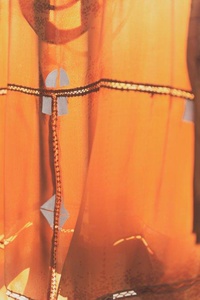
The Make/Use researchers go on to note that the quantity of water required to make a single T-shirt could sustain a person for 3 years. So this huge volume of wasted fabric results in almost unfathomably vast quantities of wasted natural resources. And this is a design issue.
The strength of the Make/Use project is in that it is attempting to address these issues through the design of a system which aids users in the making and remaking of their own clothes, all with attention to the creation of beautiful garments.
Design research is being carried out to develop strategies for making garments more efficiently, alongside the development of a kind of wayfinding, embedded into the fabric, which aids the user in remaking their garments into new styles. The interdisciplinary team behind the project at Massey has made all of the patterns and templates for the garments available for free download for users to adopt, refine and evolve in their own way.
The project is user focused in this way and the knowledge generated is shared and attributed to the collective user group. By engaging with the critical environmental issue through design, Make/Use allows users to pursue their own aesthetic solutions. It is an example of how shared creative production can develop more meaningful and engaging outcomes.

